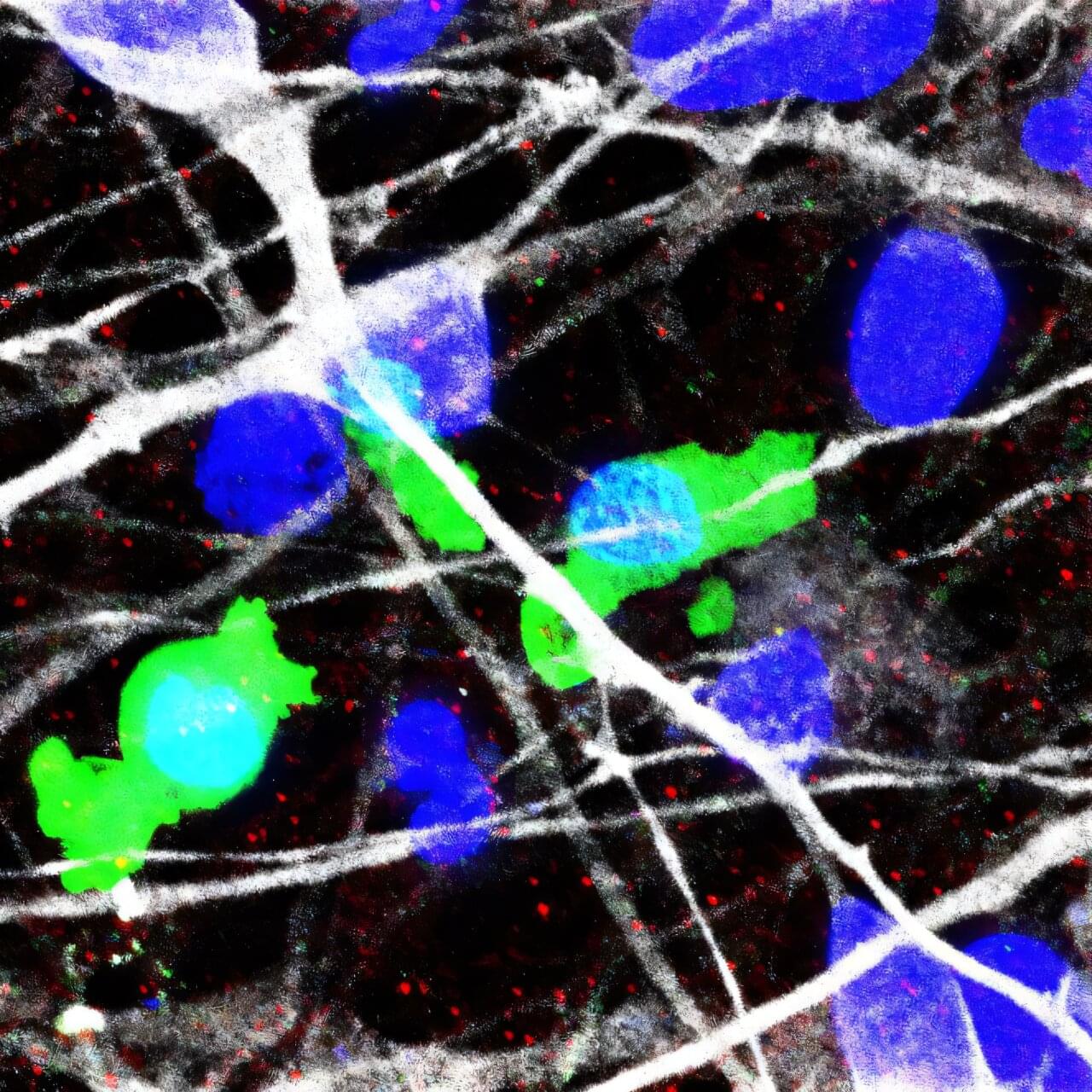Autism spectrum disorder (ASD) is a complex neurodevelopmental condition in which affected individuals experience difficulties in social communication and exhibit restricted, repetitive patterns of behavior or interests.
A growing body of research suggests that neurobiological changes, particularly abnormalities in dendritic spines, tiny protrusions on nerve cells where synapses form, may be a hallmark of ASD. In particular, studies have found an unusually high number of these spines in individuals with autism. This overabundance of synaptic connections could disrupt normal communication pathways in the brain, potentially contributing to the behavioral and cognitive features seen in ASD.
Under normal circumstances, the brain undergoes synaptic pruning, a process involving the removal of unnecessary or weak synaptic connections to make way for more efficient neural networks. This pruning is crucial during early development and adolescence.
